Summary
Sumiko Phono Cartridges REVIEW
RICHARD VAREY auditions four new phono pickup cartridges in one review. Take your pick.
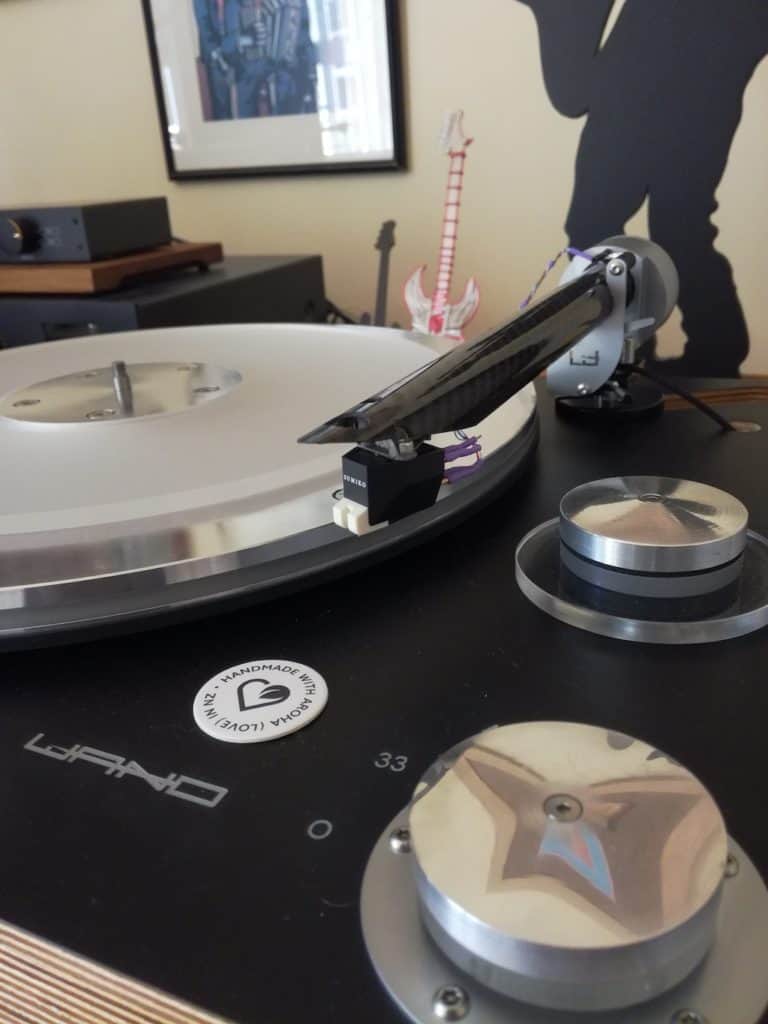
Have I been served up Sumiko’s stairway to moving magnet heaven? I liked the proposition immediately when I heard it. Invest in the budget Rainier and later upgrade all the way to the Moonstone via the Olympia, and then up to the Amethyst, and no need to buy another cartridge for two of the upgrades. Other than the Amethyst, which is an enhanced mechanism, they share a common body and current generator. The cantilever forms and stylus profiles account for the differences in price and performance.
Twenty years ago I used a Blue Point No. 2 on a Linn Sondek/Linn Basik, and enjoyed it a lot. More recently, I’ve been playing my records with an old Pearl, which has been upgraded with a JICO SAS Stylus 1, and I’m liking that a whole lot more.
The well-used Pearl delivers weight, depth, detail, and delicacy when mounted on the Wand Plus tonearm and Wand 14.4 turntable from Design Build Listen. The exchange of the JICO stylus for the original Pearl stylus was initially a rescue mission (bent stylus!), yet from first hearing it was very surprising – exciting, even – how good the ‘entry level’ Pearl sounded with the JICO upgrade.
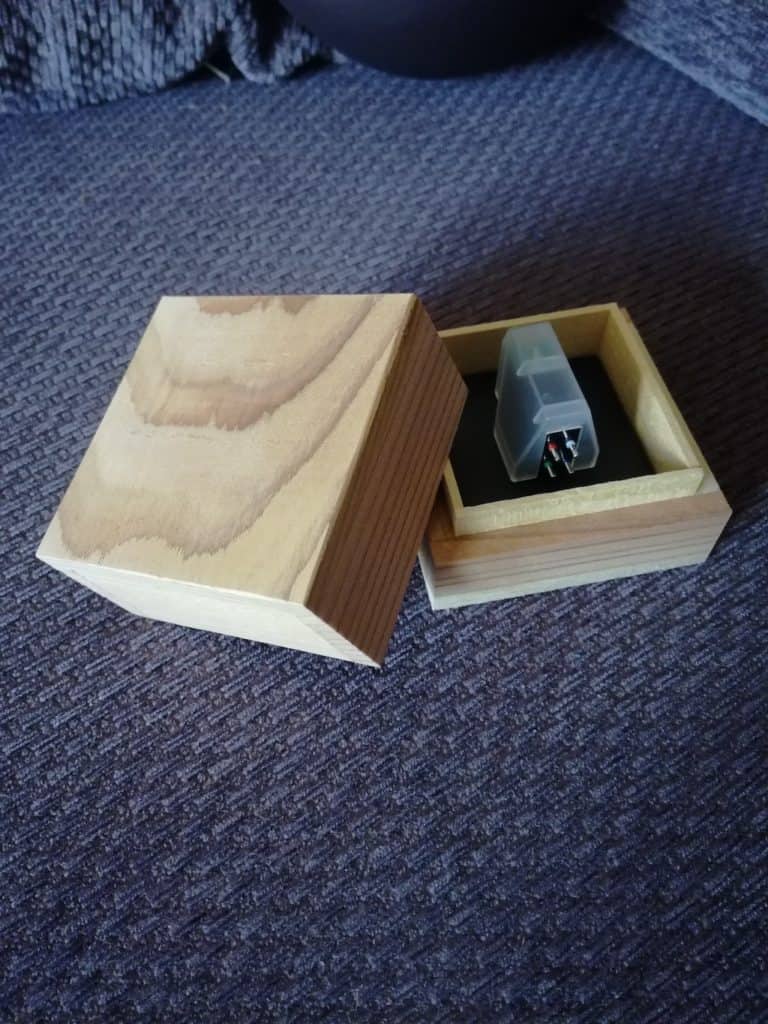
With the Stylus 1 SAS/B, I got excitement, depth, moving magnet weight and balance. I just had to play some favourites again. The Pearl may be a budget cartridge, but you can give it a substantial turbo-charge with this rather different stylus from JICO. Anyway, it reminded me how good Sumiko cartridges are reputed to be, so an invitation to listen to the latest models was very gladly accepted.
In 2018, Sumiko added a new quartet to their Oyster Series. Catching up with the current range, I tried out an Amethyst, a Moonstone, an Olympia, and a Rainier. The first sensory impact of these products comes from the wood aroma of the new boxes, the lovely wood grain patterns, and the precision fit of the lids. The card sleeve colours are reminiscent of gentlemen’s grooming products.
With four boxes in front of me, I wondered what I was dealing with. The cartridges look the same, with different coloured styli. This trio of Moving Magnet cartridges are available at price points between the Pearl and the Blue Point No. 2, whereas the Amethyst is priced as the senior to the Blue Point trio. I investigated to see how they differ electrically and mechanically, how Sumiko describes them, and how the music sounds. Firstly, from the Sumiko promotional material:
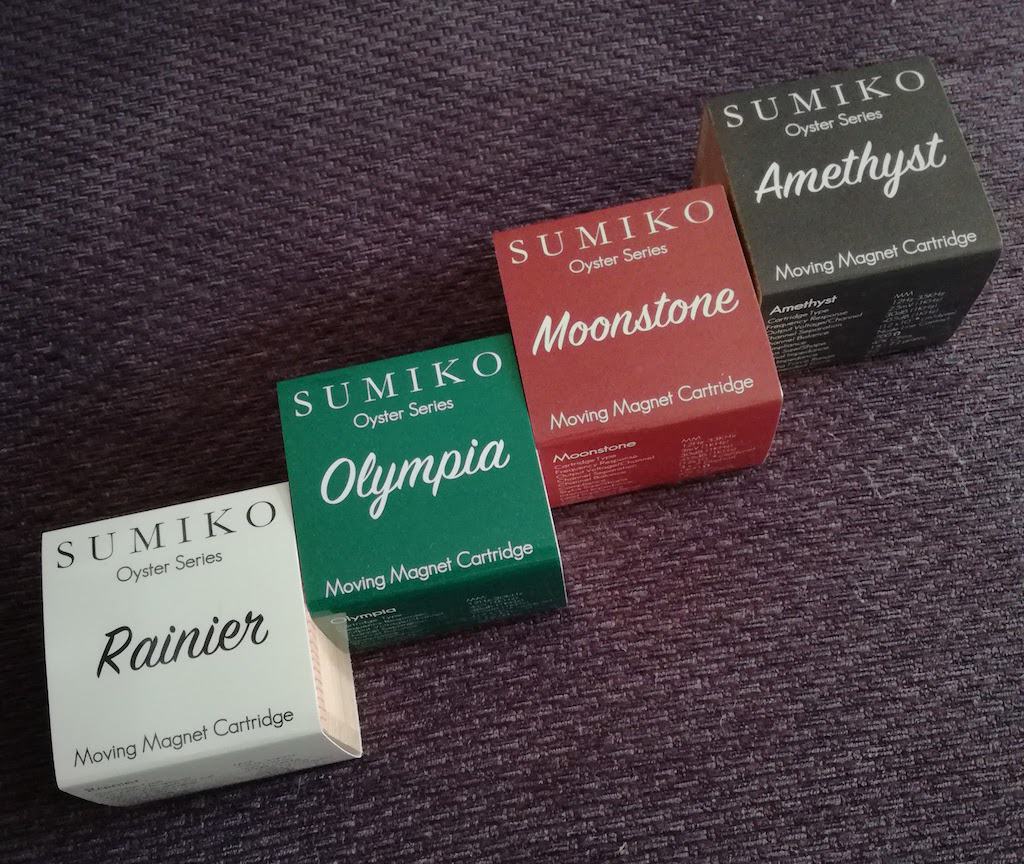
The Rainier “takes off from where the Pearl left, obviously keeping the standard smooth, natural sound reproduction. This cartridge has a completely new integrated body and generator system which significantly reduces internal resonances”.
“The Olympia brings another level of acoustic refinement to the mix with an upgraded stylus and cantilever assembly, allowing for more dynamic punch and improved frequency response during playback. Due to its improved tracking capabilities, the Olympia is an excellent return on investment when upgrading from the Rainier cartridge, and can even be upgraded to the capable Moonstone stylus further on down the line.”
“The Moonstone is an affordable high-performance moving magnet cartridge that utilizes the powerful mechanically-generated electromotive forces of the moving magnet to help give your playback extra punch and convincing realism. Exceptionally well-balanced and dimensionally dense, the breathtaking dynamics of the Moonstone outperform many comparably priced moving coil cartridges without requiring the huge investment in preamplification.”

“Easily our most ambitious moving magnet cartridge to date, the Amethyst features a nude Line-Contact stylus and an upgraded generator assembly providing ultra-low noise, hair-raising dynamics, and superior tracking. This unique setup benefits from the same physically-generated electromotive forces fundamental to MM designs, which accurately recreate the original sound of any recording. The Amethyst is an easy choice when looking for the most performance possible along with the versatility to pair well with nearly any phono stage on the market.”
“The Amethyst is our flagship Moving Magnet (MM) design and requires its own unique cartridge body to maximize the performance of the excellent Nude Line Contact stylus. This exceptional cartridge even surpasses some moving coil cartridges in resolution and detail, setting a new benchmark for moving magnet cartridges with replaceable stylus assemblies.”
What does this gang-of-four have in common? They’re all moving magnet generators, have a black body, weigh 6.5g, with a cantilever compliance of 12 x 10-6 cm/dyne (except the Rainier which is 10×10-6 cm/dyne) and a recommended tracking weight of 2g, a loading of 47KOhm, the same elliptical tip (except the Amethyst, which is a nude line contact), with the same channel separation 30dB (except the Rainier which is 25dB). The cantilever form is what differs in the range. The rainier and Olympia have an Aluminium pipe (hollow) cantilever, while the Moonstone and Amethyst have a finer 0.5mm aluminium cantilever for enhanced tracing of the record groove.
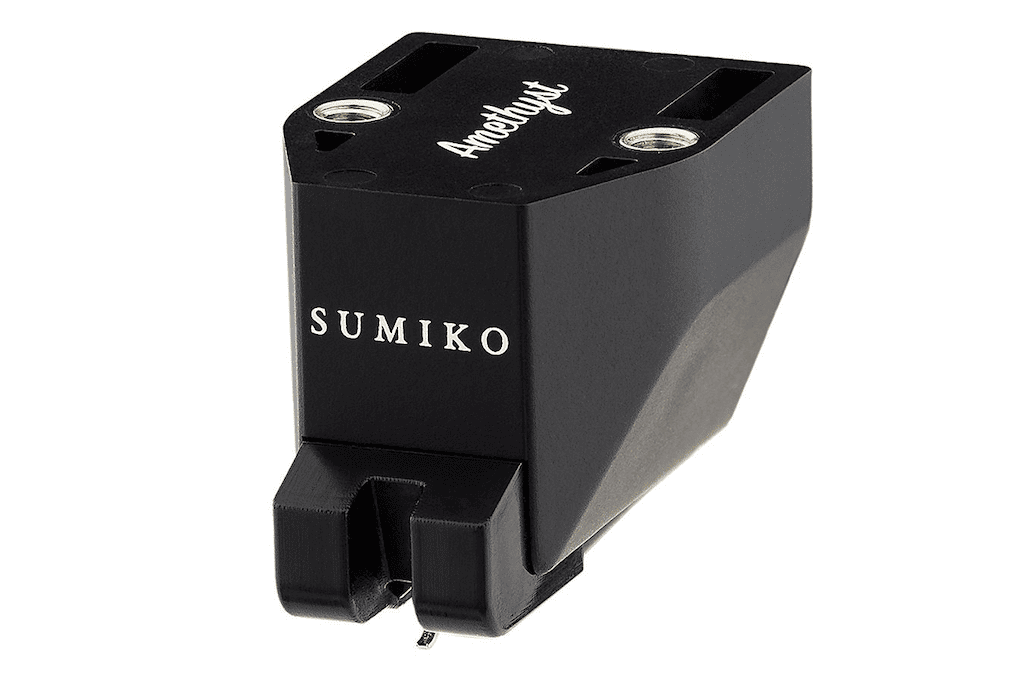
Each model is easily identified by the colour of the stylus carrier, which identifies the tip shape and size.
An elliptical stylus has two radii, the front radius being wider than the side radius. This allows the stylus to ride in the centre of the groove, like a conical stylus, while the smaller side radius can more accurately track higher frequencies. Compared to a conical stylus, however, an elliptical stylus has a longer vertical contact area and a narrower front to back contact area within the record groove. The elliptical tip follows the groove modulations with more precision, providing improved frequency response, improved phase response, and lower distortion, specifically in the inner grooves of the record.
A line contact stylus is the optimum tip design for accurate tracking of high-frequency passages with minimum abrasion. It has a vertical contact area that is even longer than that of an elliptical stylus. A line contact stylus provides low distortion and low record wear. However, due to its larger tracing footprint, a line contact stylus may produce more noise on heavily worn records.
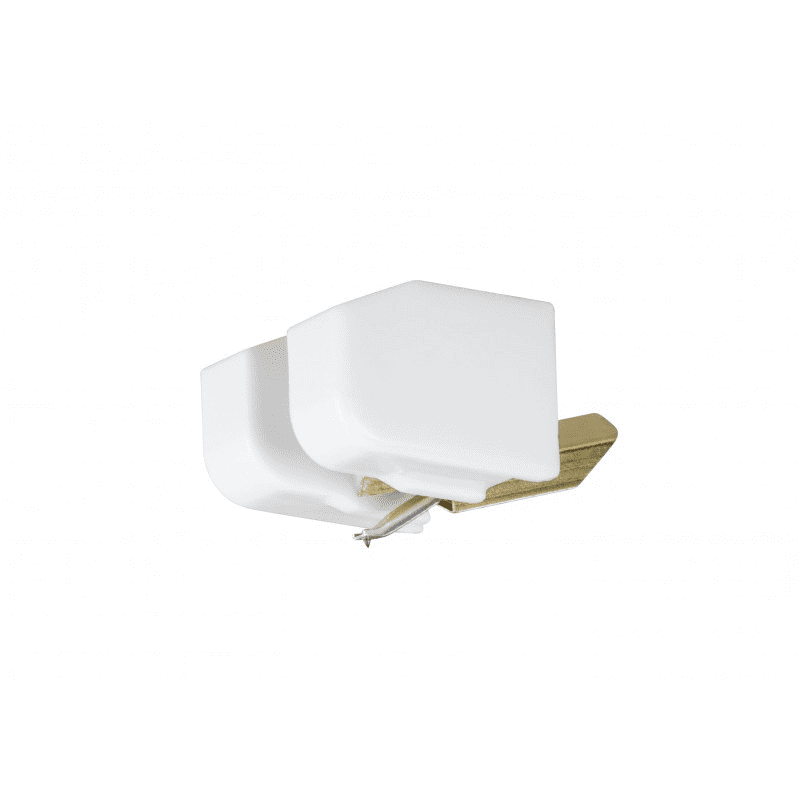
On a bonded (or jointed) stylus, a diamond tip is glued on a metal shank that is itself glued into the hole of the cantilever. While less expensive to manufacture, this construction may increase the mass of the overall tip and affect transient response compared with a nude stylus where the tip and shank are constructed from a single piece of diamond. Nude styli, shaped from whole diamonds, are more costly than bonded styli, with their diamond tips “bonded” to metal shanks before finishing. But because of their lower mass, nude styli track more accurately. Since nude styli are grain-oriented, with their longest-wearing faces touching the record surface, they last longer.
Also, since few ‘vinylphiles’ have turntables with adjustable vertical tracking angle (VTA), Sumiko designed the new Oysters to “give excellent performance over a very wide window of rake angles”.
With a somewhat curious set of names for these cartridges, I wondered if the names added anything to my expectations? Two are named after mountains, and two after gemstones. Amethyst is a precious stone, a violet or purple variety of quartz. It’s known as the “gem of fire”, and associated with passion, and stimulation and soothing of the mind and emotions. Moonstone is a pearly white semi-precious stone consisting of alkali Feldspar, known to nourish feminine energies, intuition, and dreams. Olympia is an ancient site on Greece’s Peloponnese peninsula, important in the mythology of Ancient Greece for hosting the original Olympic Games founded by Zeus. Rainier the mountain, also known as Tahoma or Tacoma, is a large active stratovolcano in Cascadia, north-west USA. It’s the highest volcanic peak in the US, with a huge Alpine glacial system, including glacial caves. These names have no connection to oysters that I know, and presumably have been chosen to invoke distant, exotic-sounding imagery.
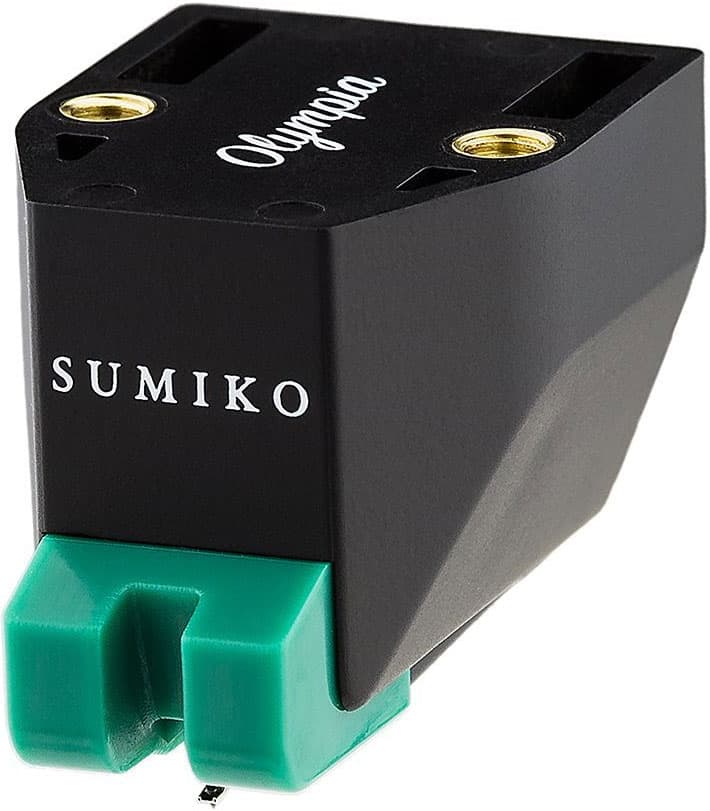
This scrutiny of the descriptions and associations, and the physical appearance of the Oysters, all leads to some prediction of their likely character and performance, and listening was the ultimate test. Time to stop talking, and time to listen to them reproducing recorded music. As with many things in my life, I started at the bottom and worked my way up. First a few sessions with the Rainier cartridge, then I changed the stylus to the Olympia, then the Moonstone. Finally, I installed the Amethyst cartridge. All were easily fitted with the supplied hardware and tool, and I particularly like the whole-body stylus protector which easily slips over the cartridge, and is easier and safer to use than a small stylus cover which has to be maneuvered into the right place over and around the vulnerable cantilever. It’s especially effective during cartridge mounting onto the tonearm.
I fitted the cartridge to the Wand Plus tonearm mounted on The Wand 14-4 Turntable, and checked and adjusted the important settings using Richard Mak’s AnalogMagik Cartridge Setup Software and Test LPs. The Wand Plus has proven itself as a highly effective cartridge carrier with a range of models. The extended Oyster range was new territory for my analogue listening, and I listened for the progression of sound quality and cartridge performance.
The Rainier conjured up a full tonally right sound, if a little flat in terms of soundstage image. It’s a competent performer, and obviously the junior Oyster. It sounds like an entry-level cartridge, and I’m not sure that it’s clearly superior to a Pearl (remembering that mine is an elderly unit). I did find the incidence of sibilance sometimes disappointing, but this is a budget cartridge.
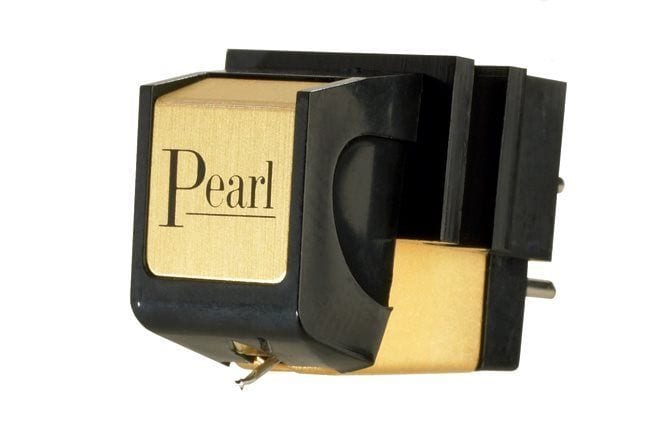
The Olympia rendered deeper bass, and voices were more natural with less and only occasional sibilance. The sound was smooth and bright, and background noise from the disc was less noticeable. Soundstage image was big and solid.
The Moonstone was clearly superior to the Olympia, delivering a more detailed, rich, balanced, rounded and clear, full, and extended stereo image that doesn’t sound like a record playing. Background noise was well suppressed. Overall, an exciting listen – punchy and smooth. I wanted to play records, so I did, much!
The Amethyst produced even more detail – superb image realism, weight, dynamics, and overall brilliance, even if it’s rather unforgiving on disc surface noise. The sound is punchy with deep solid bass – it even played Level 42’s World Machine coherently!
My impressions are from just a few hours listening from new out of the box. When I consider that they’ll get even better with further use, then these are seriously impressive products at the stated prices. Auditioning the four Oysters has provided a fascinating practical demonstration on how much the cantilever form and stylus profile determines the sound quality of a pickup cartridge. When choosing a cartridge, that’s a crucial thing to consider alongside price as an indicator of performance.
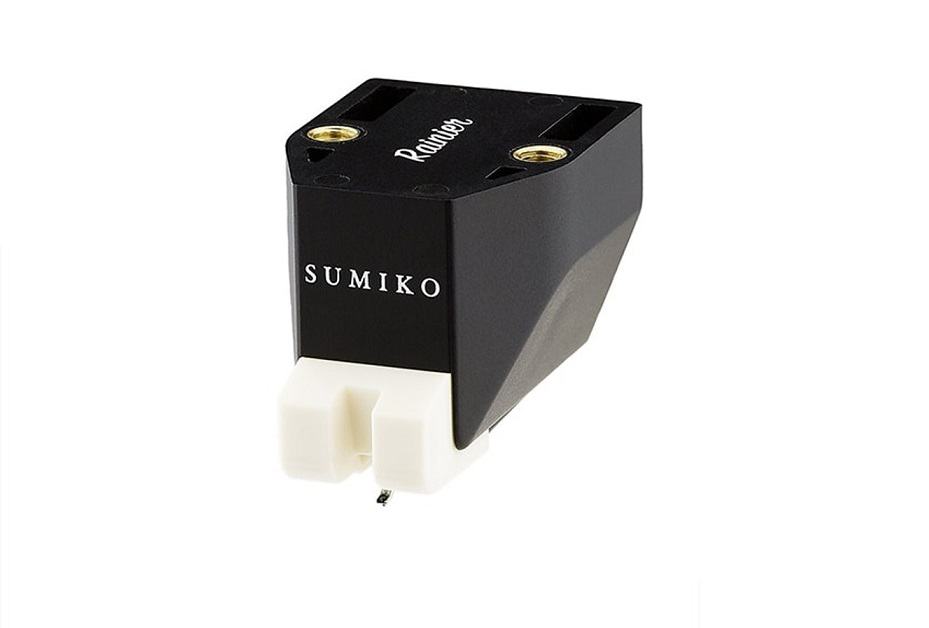
I have come to think of these moving magnet molluscs as the apprentice, the experienced old hand, the expert, and the master. There’s a definite progression in tracking ability, delivering enhanced resolution, sonic refinement, and dynamic punch.
Remembering that the Rainier, Olympia, and Moonstone are offered as budget cartridges, I was impressed by the sound quality, and enjoyed using them all. The quality jump from the Rainier to the Olympia is eclipsed by that gained by using the Moonstone in place of the Olympia. With the Sumiko pedigree, how could I not enjoy using them, and not end up recommending them? Go with the one that fits your budget.
Oh, and those names? It turns out that Rainier, Olympia, Moonstone, and Amethyst are just a very few of the huge variety of Oyster types living in the bi-valve mollusc part of our world.
* The Rainer cartridge retails at $249 including GST, and the replacement stylus will cost you $179. The Olympia cartridge is $349, but the upgrade stylus is $269. You can dive in for the Moonstone at $499 or upgrade to it for $449. The Amethyst cartridge costs $999, and $799 for the replacement stylus. Available from select hi-fi retailers.

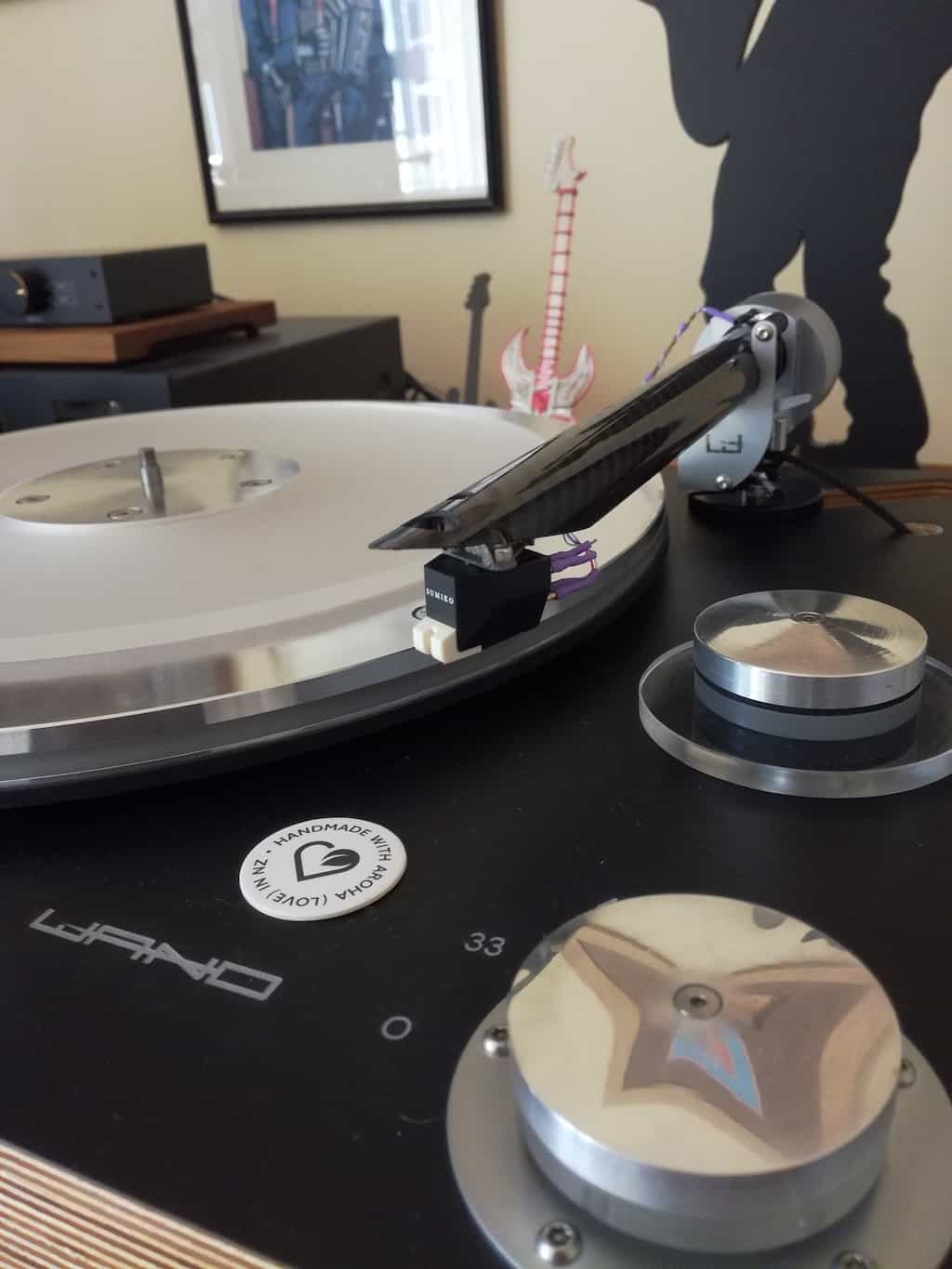


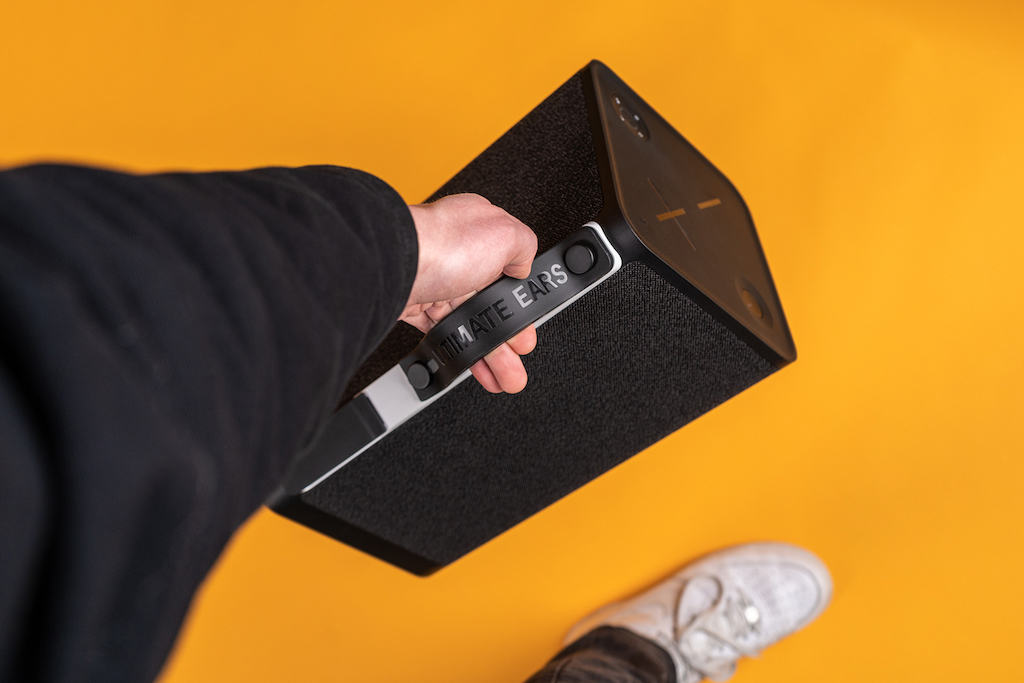
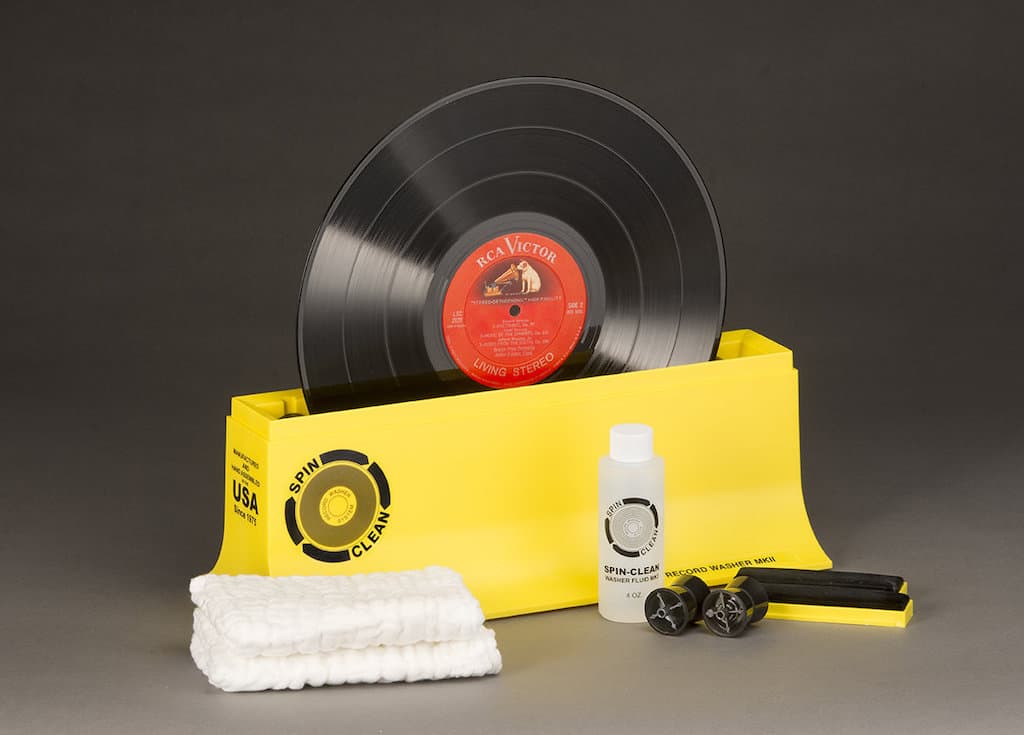
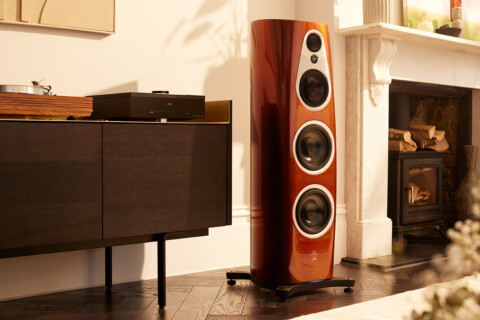
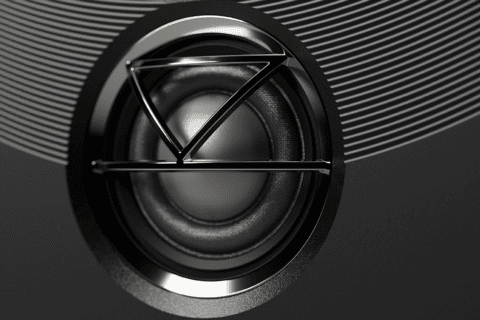
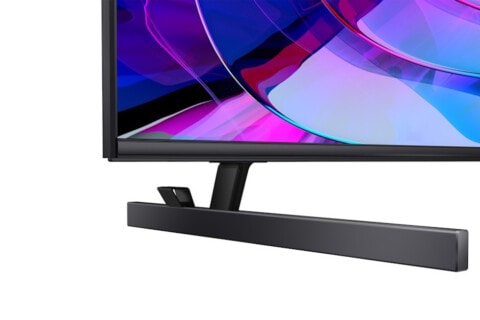
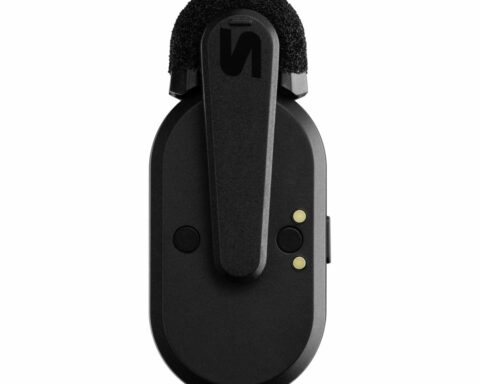
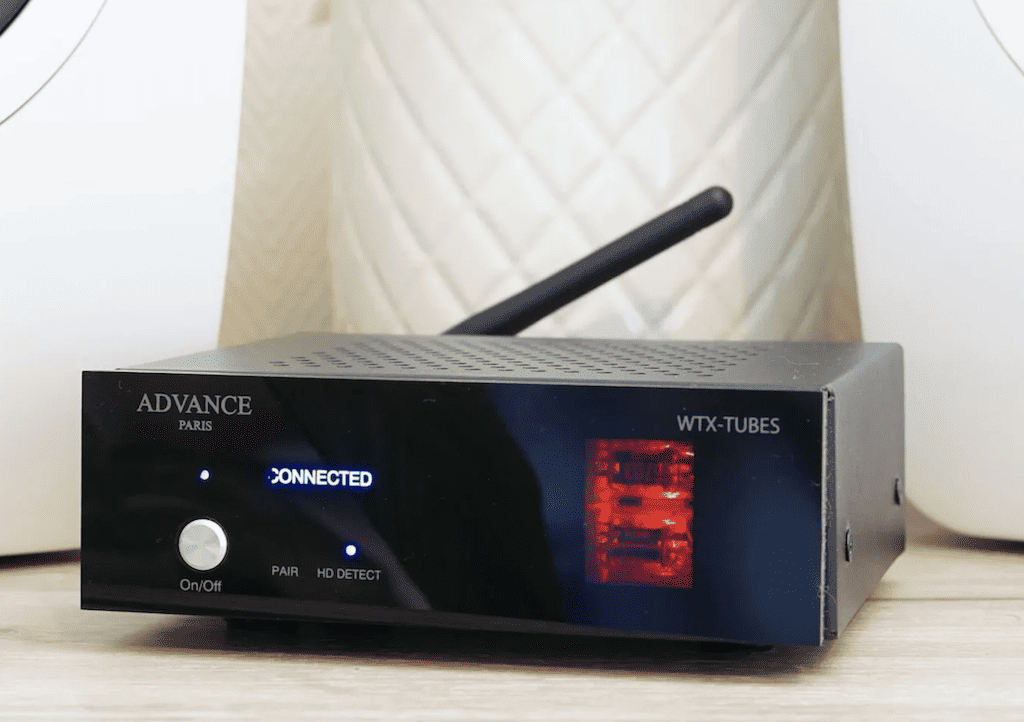

I am puzzled why each cartridge has a different name stenciled on it if the 3 (besides Amethyst) are actually identical.
Extremely well-researched and well-written. I’m now onto the Wellfleet and await Andy’s review.